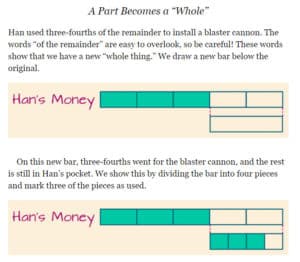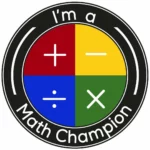Over the summer, we thought it would be fun to run some of the most popular posts from the past. When I re-read a post from the past I always take away something different because I am in a different place with my own experience. Perhaps you are as well!
Top 10 Tips for Using the Singapore Math® Curriculum
Originally published 9/3/2014
 I get LOTS of questions from teachers and administrators with questions about the Singapore Math® program. Recently, several fellow trainers have reached out to seek my advice (Wow!). One asked:
I get LOTS of questions from teachers and administrators with questions about the Singapore Math® program. Recently, several fellow trainers have reached out to seek my advice (Wow!). One asked:
What would you are say the biggest 10 things to consider when using/implementing a Singapore Math curriculum?
Here’s my response. Did I miss anything?
Top 10 Tips for Using the Singapore Math® Curriculum
1. This isn’t the math most of us were raised on. It looks different and teachers cannot rely on their knowledge of themselves as elementary students. As such, the Teacher’s Guide is your math bible. You don’t have to read the lessons out loud as you teach, but you need to follow the sequence and pedagogy.
2. And that pedagogy includes Concrete, Pictorial, AND Abstract. Teachers are usually darned good at the abstract but above grade 2, not so hot with the concrete and pictorial. Yes, I know your students can solve the 3rd-grade word problems without the pictorial bar model, but if you don’t teach the bar model with content they know, you certainly can’t do it with content they don’t know.
3. Placement tests assess content knowledge. Keep in mind that a score below 80% on the Singaporemath.com Placement tests does not mean a student is not bright or capable – it does mean that they haven’t been taught the content yet. The Primary Mathematics materials are generally one year ahead of current U.S. materials and even bright students can’t just skip a year of content and expect to be successful.
4. When teaching Concretely, the SmartBoard is not enough. Students must actually use the manipulatives. Yes, they can work with partners, but students must use them, not just the teacher. Buy or make place value disks for whole numbers and decimals if you want your students to understand the content.
5. The equations are written horizontally to de-emphasize the process (that algorithm you’re so good at!) and focus on Number Sense. These mental math strategies are challenging for teachers as they were usually taught procedures only. Expect to practice the strategies yourself. Embrace the mental math!
6. Textbooks are not a curriculum. The teacher is the most important component of the curriculum. If you don’t understand the math in a lesson, how will the students? Read the Teacher’s Guide and prepare lessons. (See #1 – and below)
7. Get your own copy of the workbooks and work every problem as you expect the students to work them. It’s true that the Teacher’s Guides have the answers. You need the solutions to know if a student’s thought process is on target. In Singapore, 50% of elementary teachers have a 2-year degree – they aren’t math specialists either! The textbooks are designed to help teach teachers the math they need to know. (Same with any placement test you give: you work the problems first.)
8. Follow the maxim: Go slow to go fast. All teachers do not have to be on the exact same lesson at the exact same time. Sometimes you need to slow down and ensure that your students are understanding the content. In grades 2-4 it seems as though it takes f o r e v e r to get through the “A” books. Then applying the skills mastered in the “B” books is a breeze. (In Kindergarten and Grade 1, the “B” book will slow students down. In Grade 5, the books seem more evenly paced) Knowing what your students know and can do means you must be constantly informally assessing your students.
9. Rethink your Home Enjoyment. One big difference between the Singaporean and U.S. cultures is on the emphasis of mastering basic facts. Parents in Singapore believe it’s their job to do this. In the U.S.? Well, it’s the schools’ job. Just as we expect students to read very night to improve their reading fluency, so too should they practice math facts every night to improve fact fluency.
10. This isn’t your parents’ math either! (See #1) Many schools hold a Singapore Math night to introduce the new curriculum to the parents. Share with parents how the curriculum differs from what they’ve seen before, samples of the materials, some strategies, a couple of word problems and you’ll fend off weeks of questions and email.
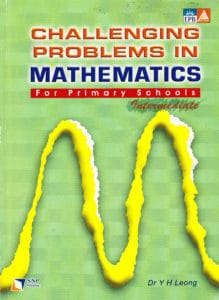
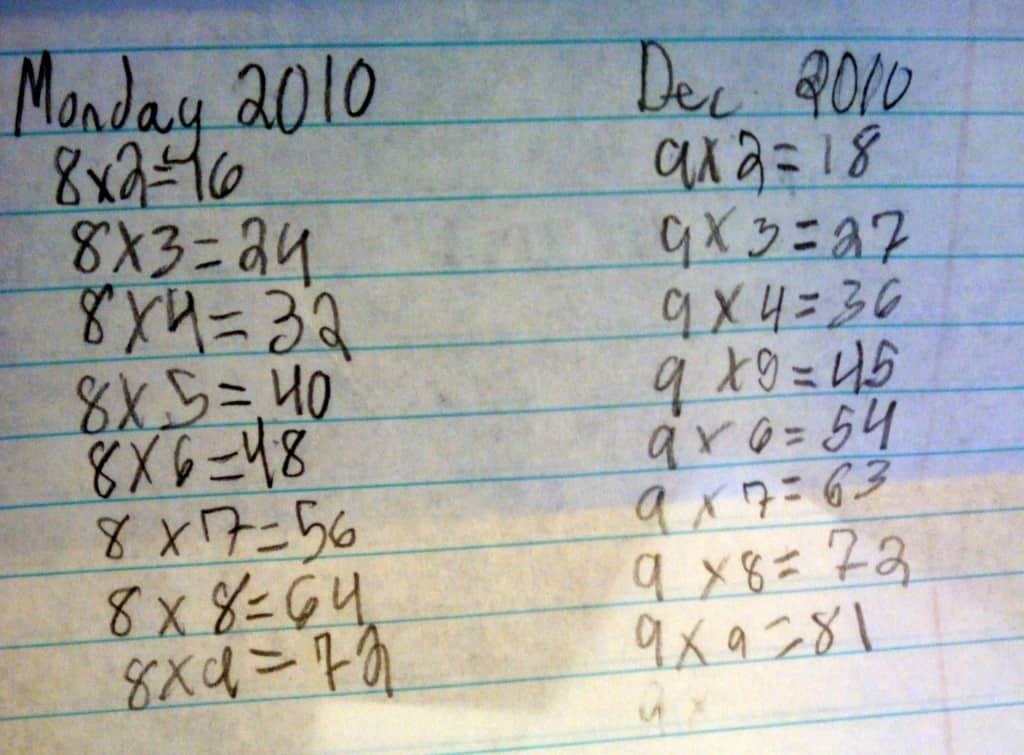
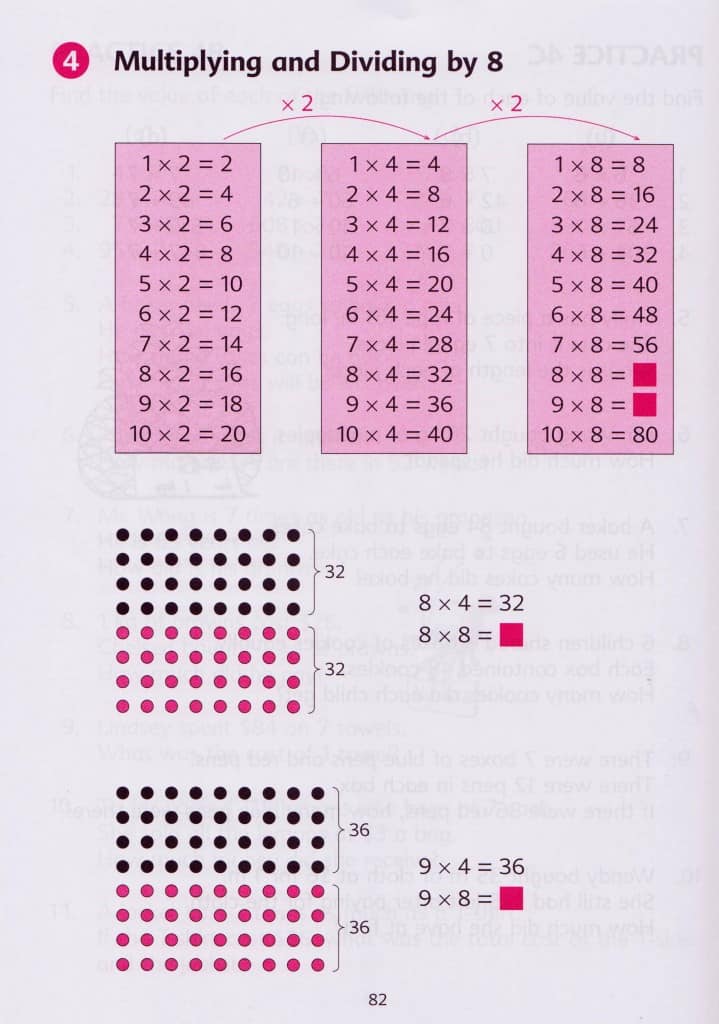
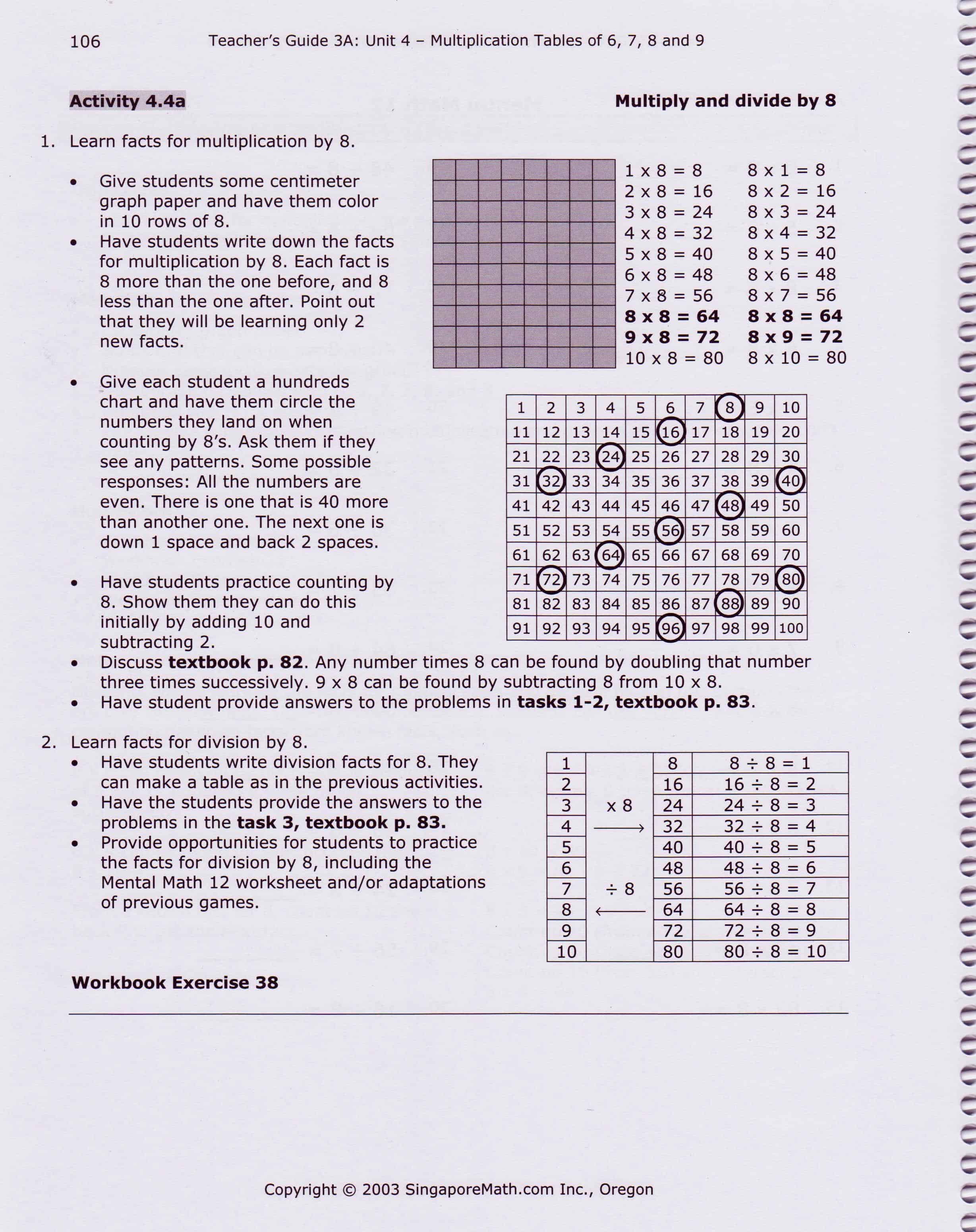
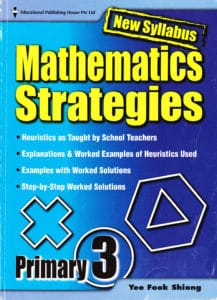 This week’s problem comes from New Syllabus Mathematics Strategies Primary 3 by Yee Fook Shiong, published in 2007 by Educational Publishing House Pte Ltd.
This week’s problem comes from New Syllabus Mathematics Strategies Primary 3 by Yee Fook Shiong, published in 2007 by Educational Publishing House Pte Ltd.

